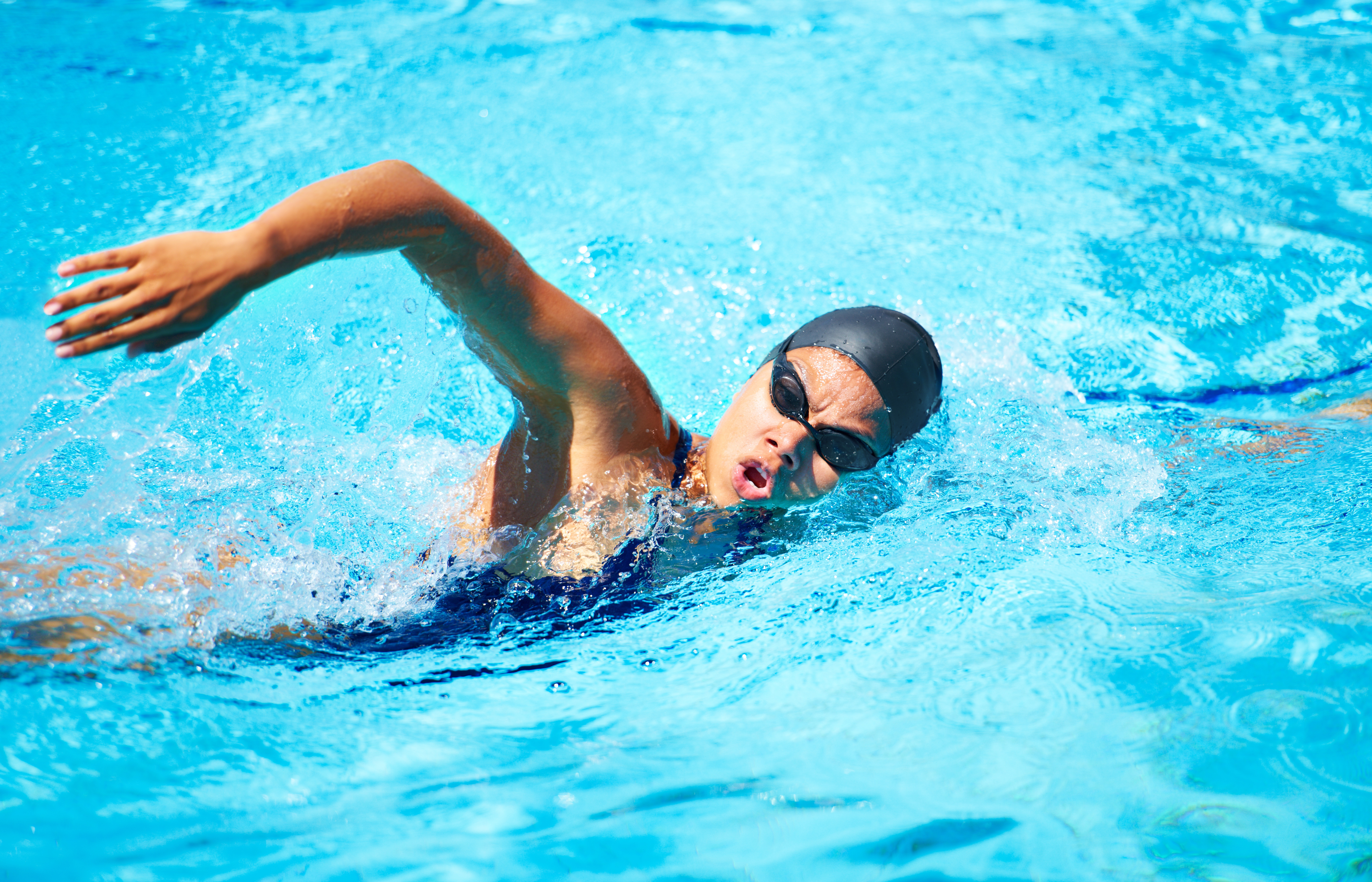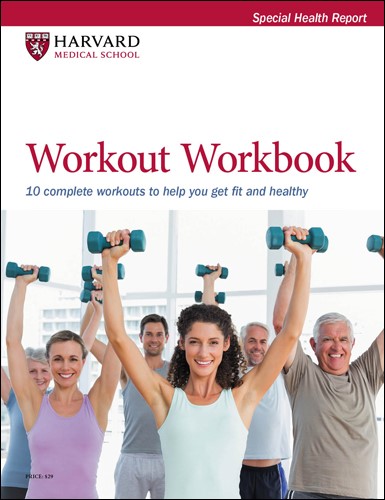Simplify your workout with lap swimming

Everyone likes a bargain, and lap swimming is a good deal when it comes to exercise. Swimming is a remarkably effective workout because it combines three important types of exercise in one: aerobics, stretching, and strengthening. “Simply keeping yourself afloat activates the core muscles in your back and abdomen. And you have to move all of your muscles to swim,” says Leigh de Chaves, a physical therapist and clinical supervisor of rehabilitation services at Harvard-affiliated Brigham and Women’s Hospital. (She also swam competitively in college.)
Are you a good candidate for lap swimming?
Consider lap swimming if you’re generally healthy, you’re a good swimmer, and your doctor says it’s okay. It’s no problem if you’re not a fan of the crawl: “Any stroke is fine. The breast, side, and back strokes are often favored because a lot of people don’t like putting their face in the water, like you have to do with the crawl,” de Chaves says.
However, lap swimming might be not be doable if you have an underlying condition, such as heart disease or a seizure disorder, that puts you at risk for a life-threatening event in the water. You may also need to skip lap swimming if you’re not strong enough to climb in and out of the pool easily. And you should be careful if you have injuries to your shoulders or neck. Lap swimming may increase your pain.
Start your lap swimming routine slowly
A green light for a lap swimming routine doesn’t mean you should start with 20 laps. Ease into it. “Focus on the amount of time you spend swimming, at first. For example, swim for five or 10 minutes, a few times per week. Gradually increase the amount of time each week, and note how many laps you can do within that time. Eventually, set goals to increase your speed by doing more laps in your set time, so that you can measure your progress,” de Chaves explains.
A big payoff
Once you’re in the swim of things, you’ll notice lots of benefits to lap swimming. It’s easy on the joints, thanks to buoyancy in water, and it has a meditative quality that forces you to focus on your movement and breathing.
Lap swimming also
- improves endurance and cardiovascular health
- helps lower blood pressure
- increases flexibility
- helps you control your weight
- boosts your balance
- reduces fall risk
- helps sharpen thinking
- helps reduce stress.
Some dos and don’ts for lap swimming
De Chaves points out that it’s important to warm up your muscles before diving into a lap swimming workout. All it takes is a few minutes of gentle paddling, and then static stretches of your shoulder and leg muscles.
Some other dos and don’ts:
- Do wear nonslip shoes or sandals when walking on the pool deck.
- Don’t forget to apply sunscreen if you’re swimming outdoors.
- Don’t forget to stay hydrated before and after a workout.
- Don’t skip stretching your muscles after lap swimming. You’ll want to stay flexible so you can get back in the pool.
For the nonswimmers in the pool
If you’re not a lap swimmer, you can still benefit from aquatic exercises — exercising in the shallow end of a pool. You might take a class with a trainer who leads a group through a set of exercises with special water weights or flotation devices (like a pool noodle). Or you can simply try water walking; working against the resistance of the water is good for your muscles and bones.
“If you have balance problems, it’s a good idea to exercise with a friend who can assist you. I also recommend wearing a buoyancy belt around your waist to keep you upright,” de Chaves advises.
Look for aquatic exercise classes — such as strengthening or aerobics — at the local YMCA, a fitness center, or a community center.
About the Author

Heidi Godman, Executive Editor, Harvard Health Letter
Disclaimer:
As a service to our readers, Harvard Health Publishing provides access to our library of archived content. Please note the date of last review or update on all articles.
No content on this site, regardless of date, should ever be used as a substitute for direct medical advice from your doctor or other qualified clinician.
















